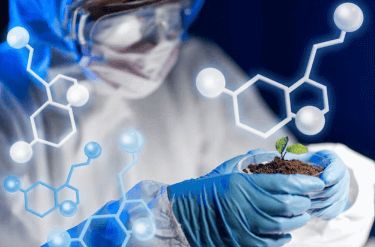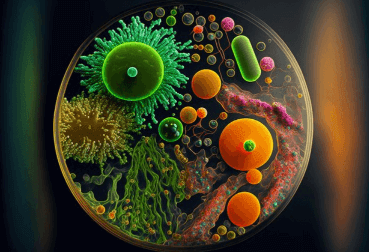Question
a.
self oxidation only
b.
self reduction only
c.
cross oxidation
d.
self oxidation and reduction
Posted under Chemistry
Interact with the Community - Share Your Thoughts
Uncertain About the Answer? Seek Clarification Here.
Understand the Explanation? Include it Here.
Q. Disproportionation refers to
Similar Questions
Explore Relevant Multiple Choice Questions (MCQs)
Q. After Neon (Ne), the enthalpy change of vaporization is highest in
View solution
Q. In the chemical equation, the symbol 'aq' represents
View solution
Q. The enthalpy change of solution involves release or absorption of energy by adding 1 mole of ionic solid in sufficient
View solution
Q. Lattice energy is inversely proportional to sum of radii of
View solution
Q. After ionic salts come in contact with water, they form bonds called
View solution
Q. The energy released by gaseous ions when dissolving in water is called enthalpy change of
View solution
Q. Lead carbonate (PbCO₃) only dissolves 0.00017g in dm³ of water, hence it is regarded as
View solution
Q. Increase in radius of metal ion will decrease its
View solution
Q. When ionic solid dissolves in water
View solution
Q. Strong acids completely ionize in
View solution
Q. Water may act as
View solution
Q. Water has very low extent of
View solution
Q. In compost, the reaction takes place among
View solution
Q. The value of ionic product of water is
View solution
Q. On ionizing, water molecules (H₂O) the products include
View solution
Q. The lattice energy is always
View solution
Q. When ions of opposite charges come together to form a crystal lattice is called
View solution
Q. Under standard conditions the energy with enthalpy change when 1 mole of an ionic compound is formed from its gaseous ions is
View solution
Q. Many ionic compounds have some covalent ability due to
View solution
Q. The ionic radius of cation will be smaller and more efficient in polarizing
View solution
Recommended Subjects
Are you eager to expand your knowledge beyond Chemistry? We've handpicked a range of related categories that you might find intriguing.
Click on the categories below to discover a wealth of MCQs and enrich your understanding of various subjects. Happy exploring!








